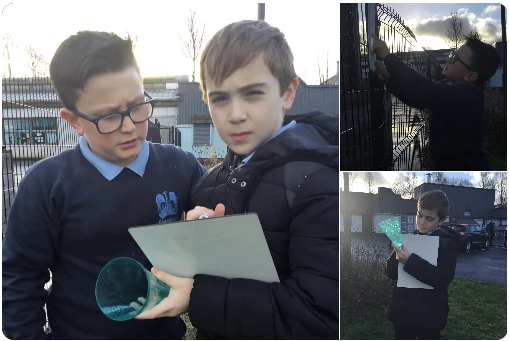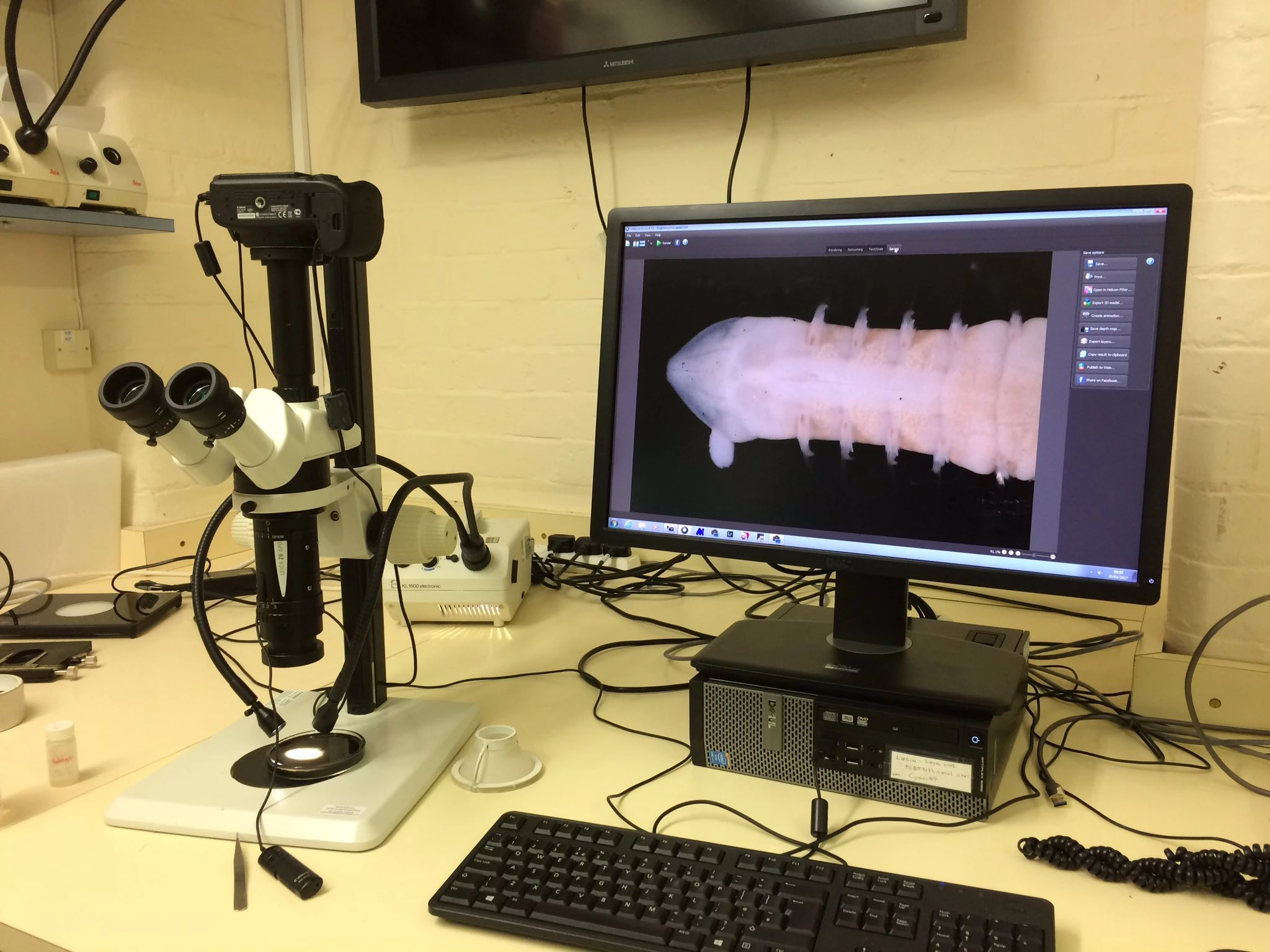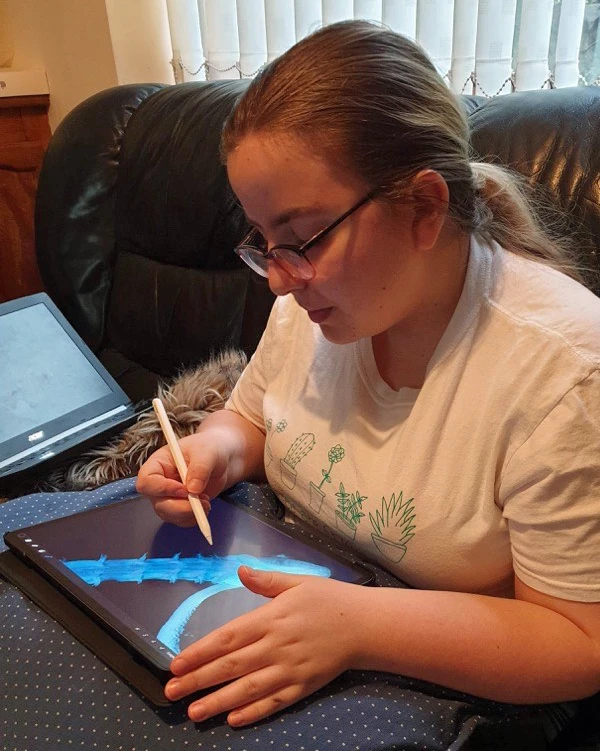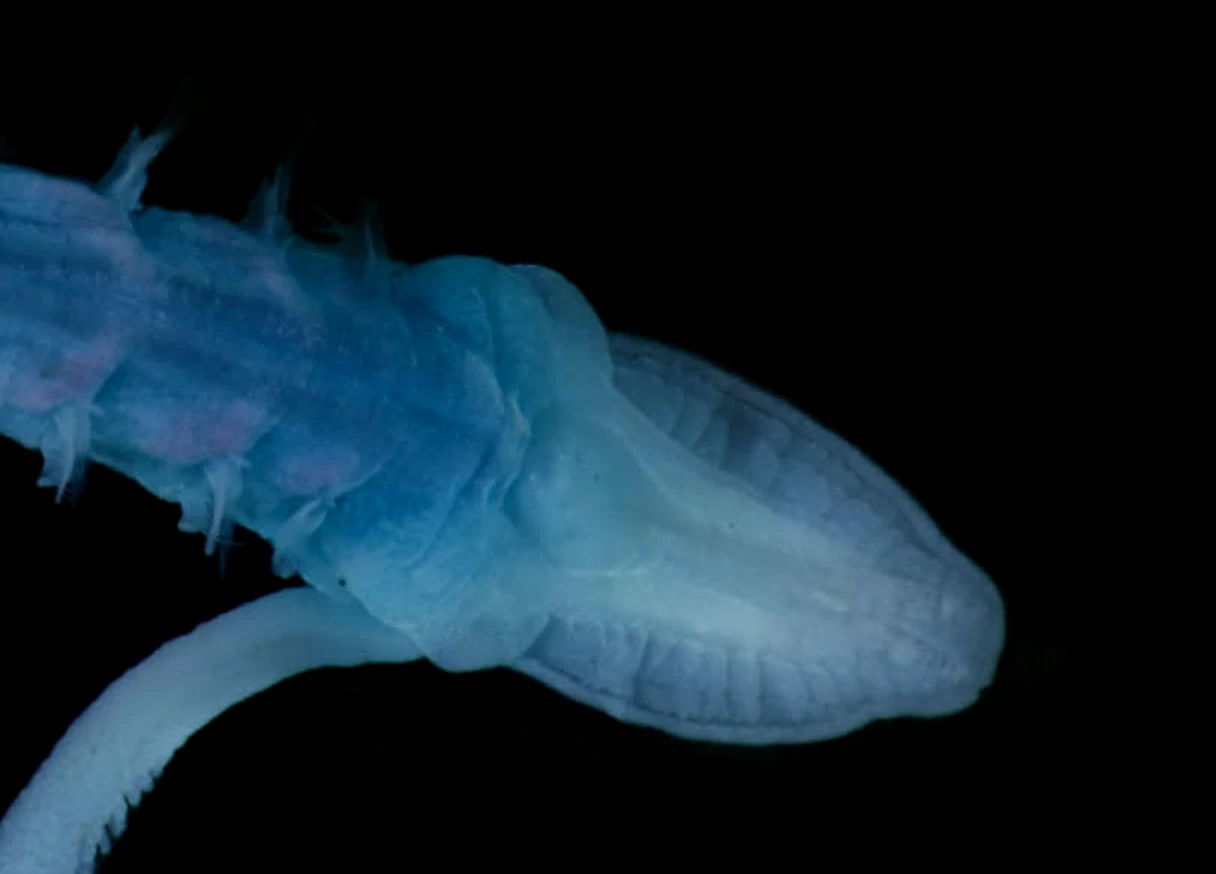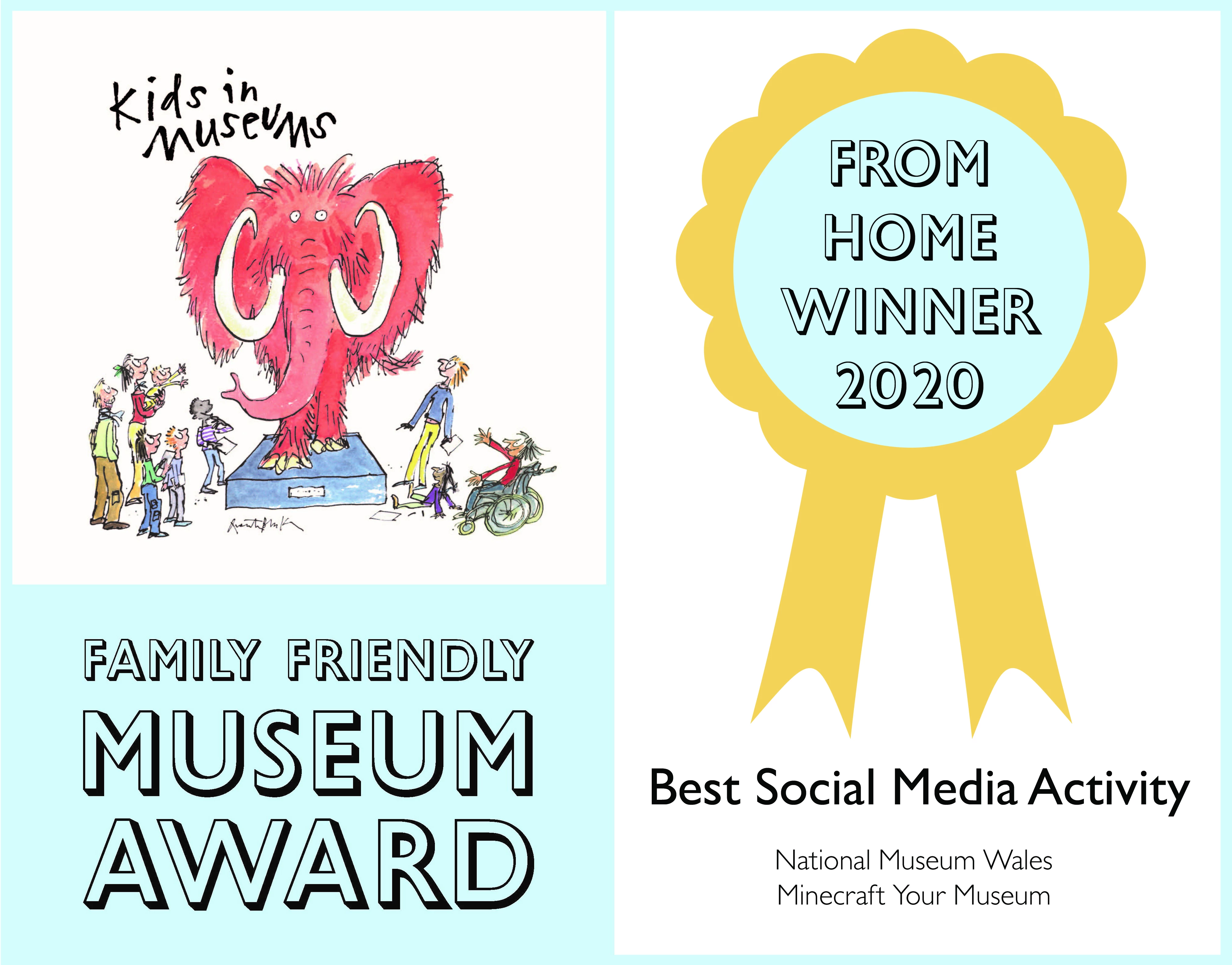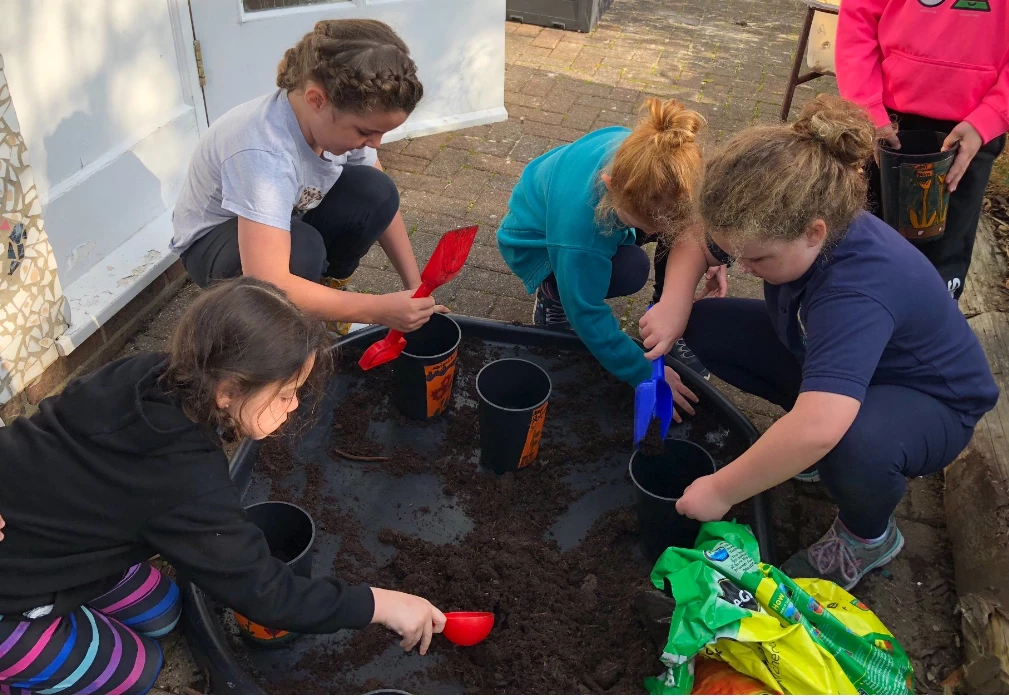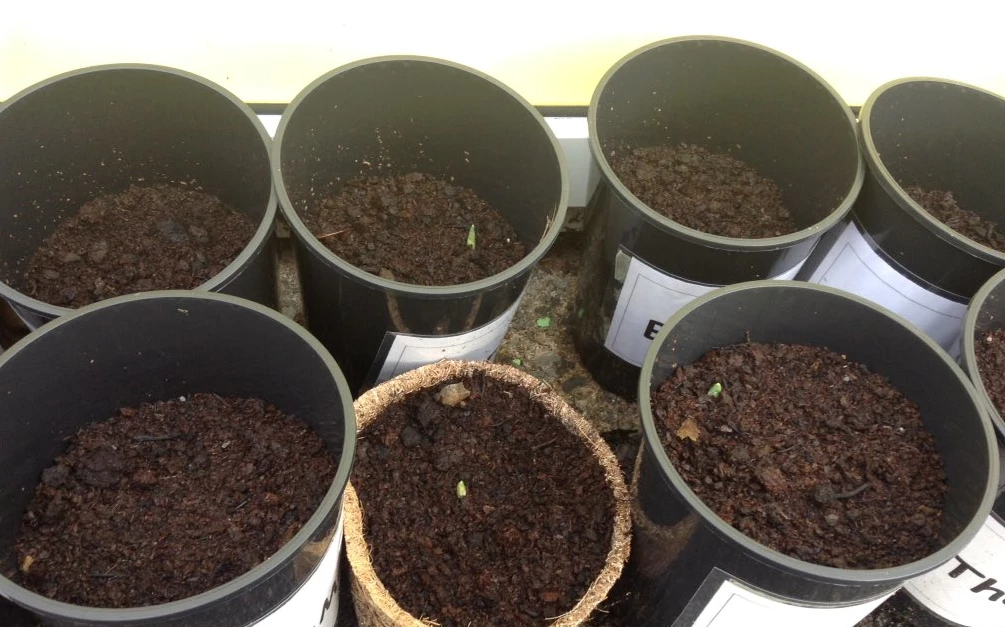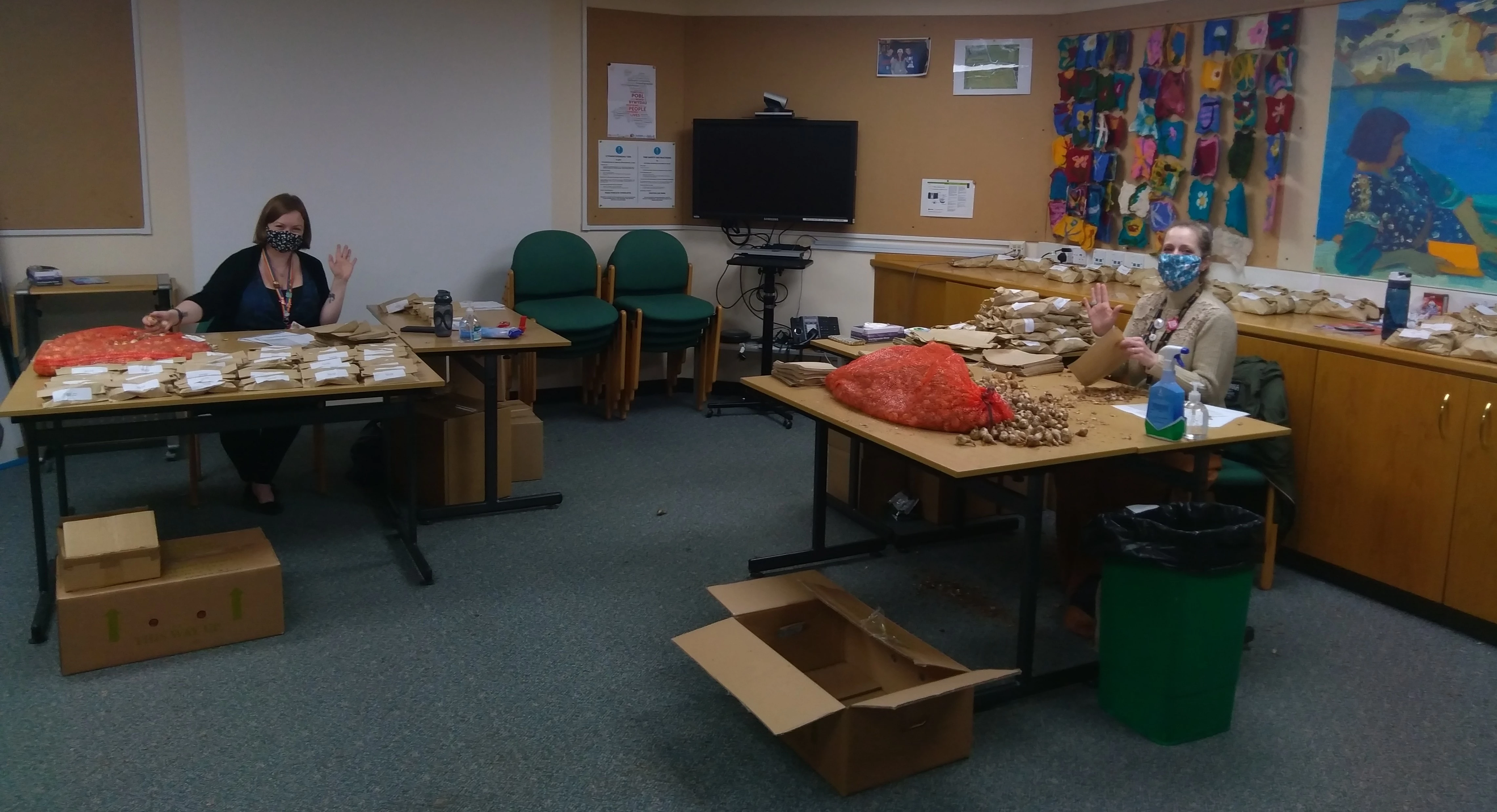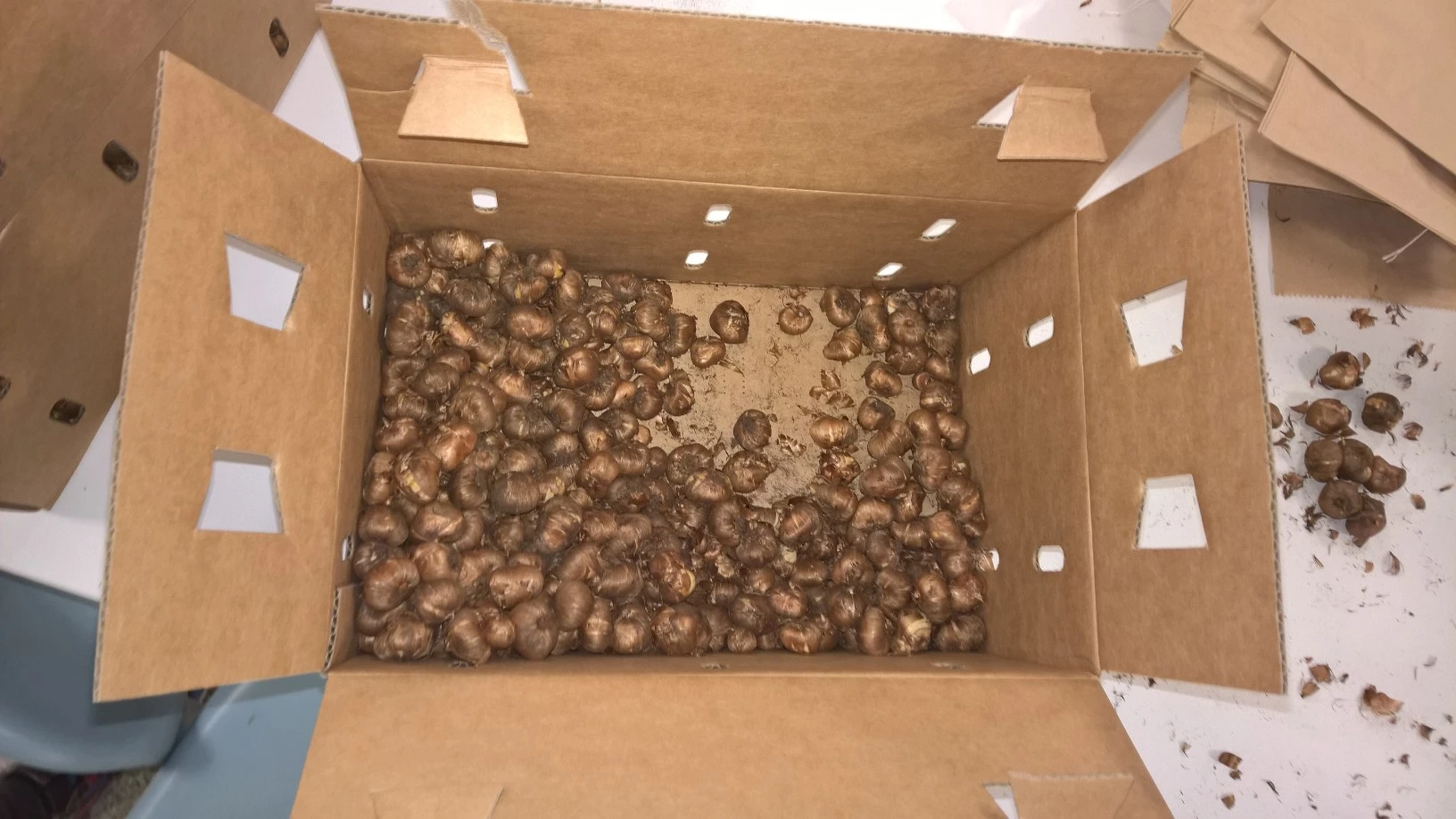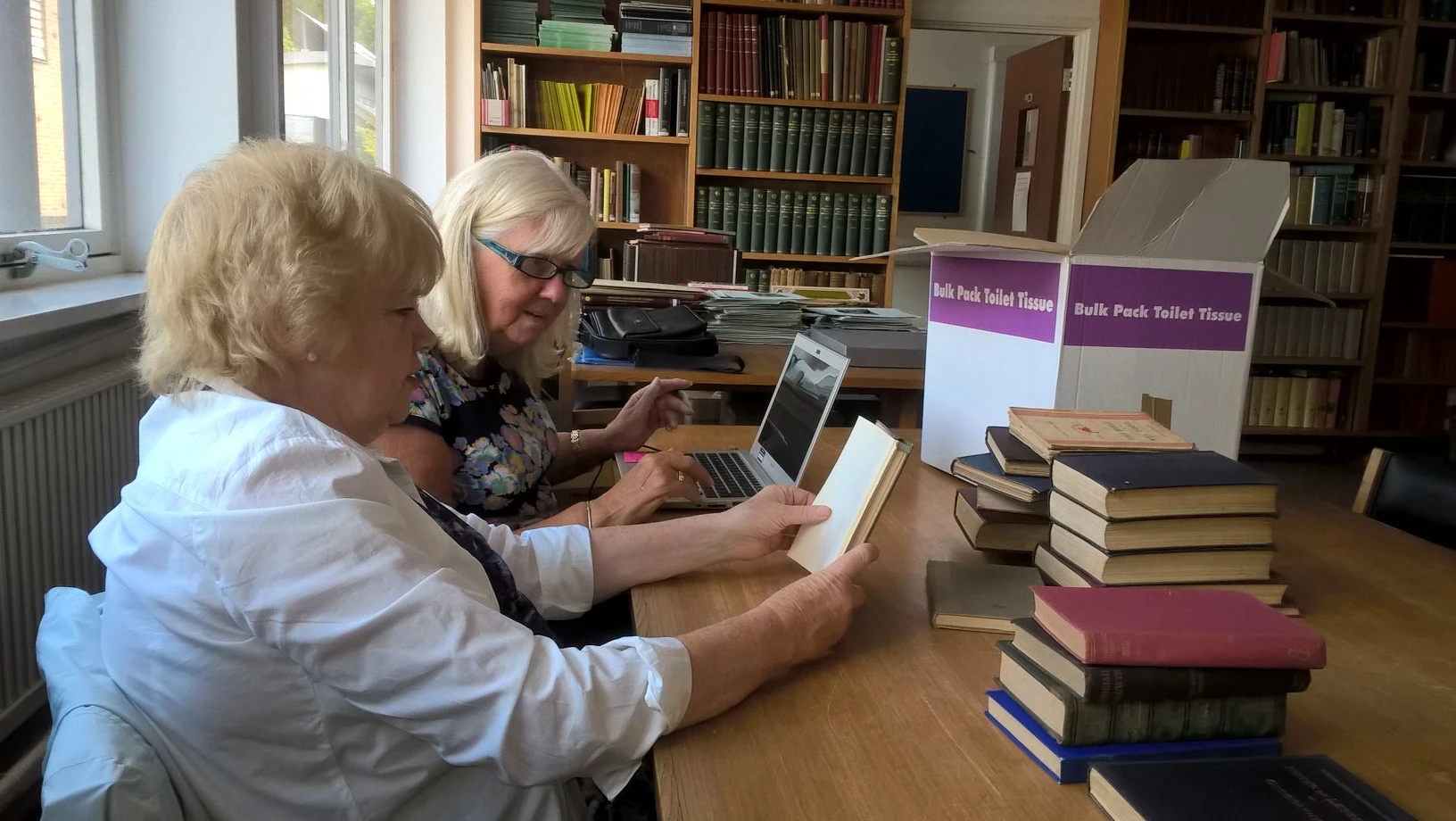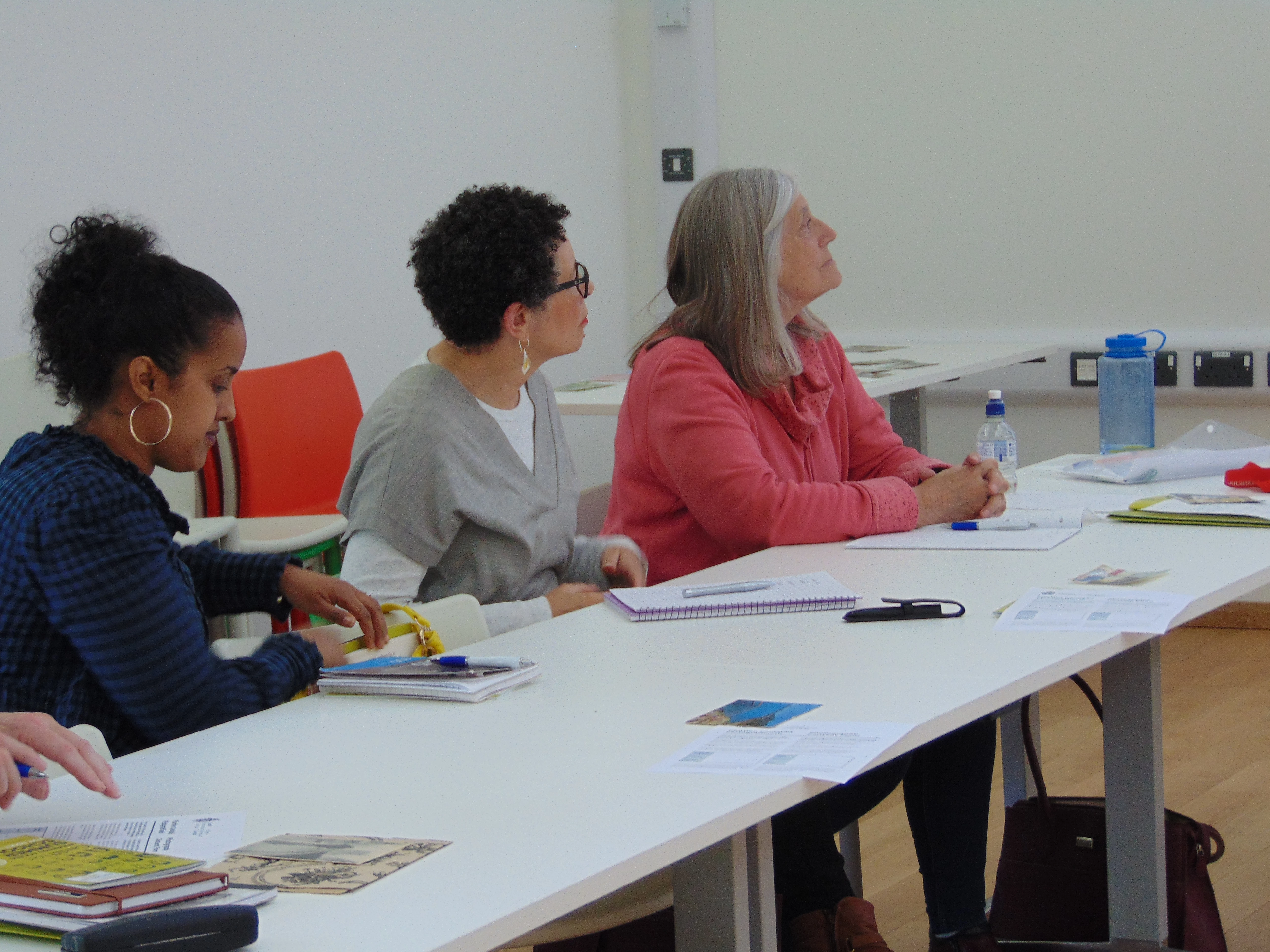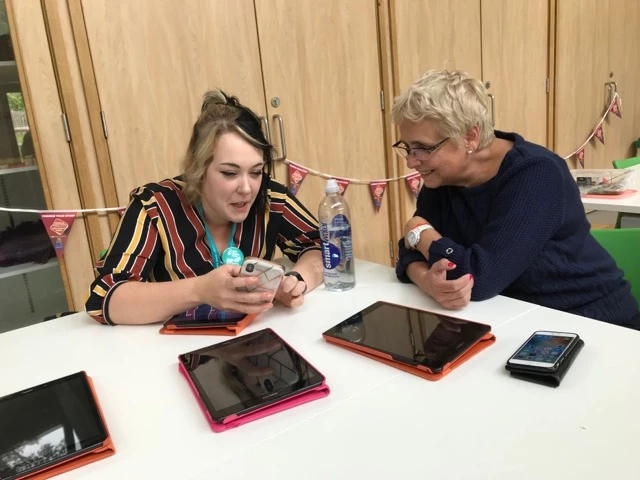Weekly Weather Data
, 12 November 2020
Hi Bulb Buddies,
I hope that planting day went well and that you are enjoying documenting weather data for our investigation.
I want to say a big thank you to you all for your hard work on planting day. Together we planted over 18,800 bulbs across the UK! Your fantastic planting day photos show that you had a great time.
Weather records started on 2 November. There is a resource on the website with more information on keeping weather records. I’ve attached this here in case you haven’t already seen it. This resource helps you to answer important questions, such as why rainfall and temperature readings are important to our investigation into the effects of climate on the flowering dates of spring bulbs.
Use your Weather Chart to log the rainfall and temperature every day that you are in school. At the end of each week, log into your Spring Bulbs account on the Amgueddfa Cymru – National Museum Wales website to enter your weekly readings. You can also leave comments or ask questions for me to answer in my next Blog.
Let me know how you get on and remember that you can share photos via email or Twitter.
Keep up the good work Bulb Buddies,
Professor Plant
Comments shared with the first weeks weather data:
Planting bulbs
St Patrick Primary School: We planted the bulbs on 3 November 2020 as it was a sunny day. We had so much fun planting the bulbs, it was a great experience for our class. Professor Plant: I’m glad you enjoyed planting your bulbs Bulb Buddies. I hope you enjoy taking weather records too!
Our Lady of Peace Primary School: Thank you for sending us bulbs we really enjoyed planting them from K and A. Professor Plant: You are more than welcome Bulb Buddies, thank you for taking part in the project.
Arkholme Primary School: We planted our bulbs before the half term holiday. The rain gauge and thermometer are set up and we enjoyed collected the information. Professor Plant: Fantastic work Bulb Buddies, it sounds like you have everything under control. Thank you for sharing your weekly data.
Livingston Village Primary School: We had lots of rain over the weekend so that is why our rainfall was so high on Monday. We have had some of our bulbs dug up so we used our night vision camera to watch and see what was happening. We saw a squirrel and a bird digging at our bulbs! Professor Plant: I’m sorry to hear your bulbs were dug up, but what exciting detective work to find the culprit! I'd love to see the video footage if you are able to share it. It’s likely that the bird was making the most of the newly turned soil to look for food. Squirrels do eat some spring bulbs , but they are also known to dig up bulbs when looking for somewhere to store their food for the winter! If you find that your bulbs are dug up again, apparently sprinkling chilli flakes or powder in the area will deter squirrels.
Coastlands School: Our professor plant has been wondering if the frosty mornings might effect the growth of our bulbs! Professor Plant: Hi Bulb Buddies, that's a good question. We expect that the weather will affect the growth of our plants and that they will flower earlier if we have a mild winter. Your bulbs will be nice and warm in the soil for the winter. You might like origami booklet resource on the Spring bulb website, this looks at the secret life of a bulb and what your bulb does in winter.
Collecting weather data
YGG Tonyrefail: Helo Athro'r ardd. Dyma ein canlyniadau cyntaf ni o YGG Tonyrefail. Rydw i'n falch o gael gweld yr heulwen!!! Professor Plant: Diolch Cyfeillian y Gwanwyn, daliwch ati gyda'r gwaith da.
Steelstown Primary School: Our first week of weather watching was good fun. We had to set an alarm to remind us to do it at the same time every day. Professor Plant: Setting an alarm is a great idea Bulb Buddies! Thank you for sharing your data.
Pearson Primary School: The children loved going down to the garden every day to check the temperature and to see if their plants are growing yet. As yet we have had no rain here, so hopefully we will get some over the weekend and the children can measure the rainfall next week. Professor Plant: I’m glad that the class are enjoying the project. I love that they are hoping for rain so that they can take rainfall readings! Fantastic work Bulb buddies.
Pil Primary School: There was a lot of rain on Monday! We liked recording the results. Professor Plant: I’m glad you are enjoying taking weather readings. Keep up the good work Bulb Buddies.
Sheuchan Primary School: Very wet start to week. Monday's rainfall figure includes from 2pm Friday to 2pm Monday. Professor Plant: Thank you for emptying the rain gauge on the Friday Bulb Buddies, keep up the good work.
Carreghofa Primary School: It hasn't rained much this week but on Monday Mr Roberts empty the funnel out so mondays results was not accurate. Professor Plant: Thank you for letting me know Bulb Buddies, keep up the good work.
St Mary Primary School (Co Down): Hello Professor Plant. We are the eco ambassador and the science champion in our class. We ae going to help our class observe the rainfall and the temperature this year to see the flowers grow. Professor Plant: Thank you for taking on leading roles with this project Bulb Buddies. I look forward to your updates on how the investigation is going at your school.
St Peter Primary School (Plumbridge): We enjoyed our first week recording. Professor Plant: Fantastic Bulb Buddies, thank you for sharing your data.
Weather observations
Professor Plant: Thank you to the following schools for the detailed weather observations they have shared with their weekly data. Keep up the great work Bulb Buddies.
Oystermouth Primary: Very dry end to the week in Mumbles. Temperatures appear high but it was much colder in reality.
Porthcawl Primary: After loads of rain for the whole of half term and the start of the week it has been amazing sunshine since Wednesday
Moffat Academy: At the weekend it was so rainy it filled up the rain-gage. The rest of the week was pretty dry. It felt very cold, though it was considerably warm temperature wise. Mostly cloudy through the week, with a bit of sun. Frost on the fifth, and mist or fog on the sixth.
Newbuildings Primary School: The sun has been shining brightly in Newbuildings today! Monday and Tuesday have been very wet Thursday has been the hottest day of the week. Our bulbs are snug asleep in their little plant pots!
Litchard Primary School: It's been frosty every morning with some ground frost. All the temp and rainfall has been the same and its sunny every afternoon.
High Cross Primary School: We have noticed it has got colder this week.
Ysgol Bro Pedr: It's been quite a cold week, but it's been really sunny towards the end of the week.
Stanford in the Vale Primary School: We observed our first frosts this week - its been a cold week!
